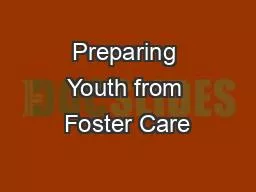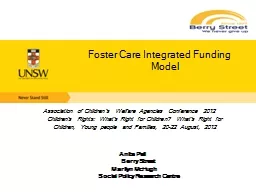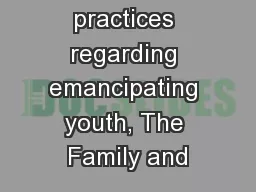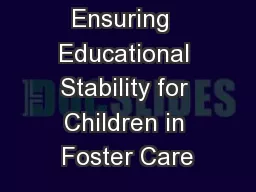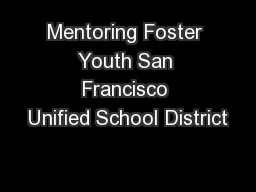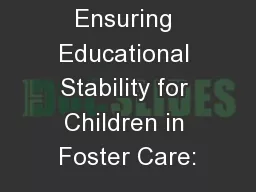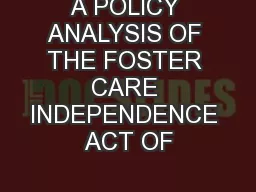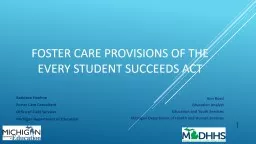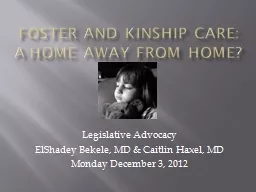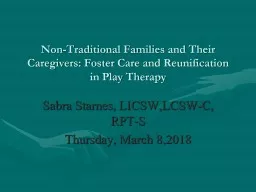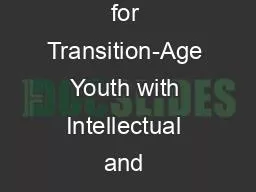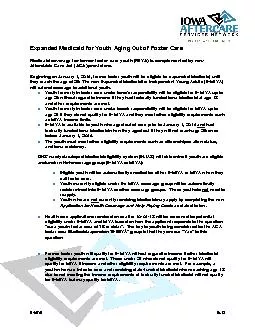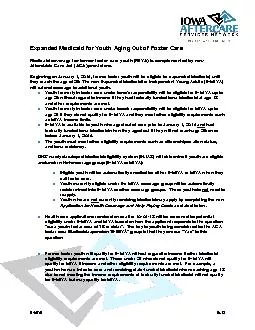PPT-Preparing Youth from Foster Care
Author : taxiheineken | Published Date : 2020-11-06
for College Success Kate Danielson Executive Director Ashley Keme Board of Directors Alison Myers Student ISU July 21 2017 Tinley Park IL College Road Trips
Presentation Embed Code
Download Presentation
Download Presentation The PPT/PDF document "Preparing Youth from Foster Care" is the property of its rightful owner. Permission is granted to download and print the materials on this website for personal, non-commercial use only, and to display it on your personal computer provided you do not modify the materials and that you retain all copyright notices contained in the materials. By downloading content from our website, you accept the terms of this agreement.
Preparing Youth from Foster Care: Transcript
Download Rules Of Document
"Preparing Youth from Foster Care"The content belongs to its owner. You may download and print it for personal use, without modification, and keep all copyright notices. By downloading, you agree to these terms.
Related Documents

